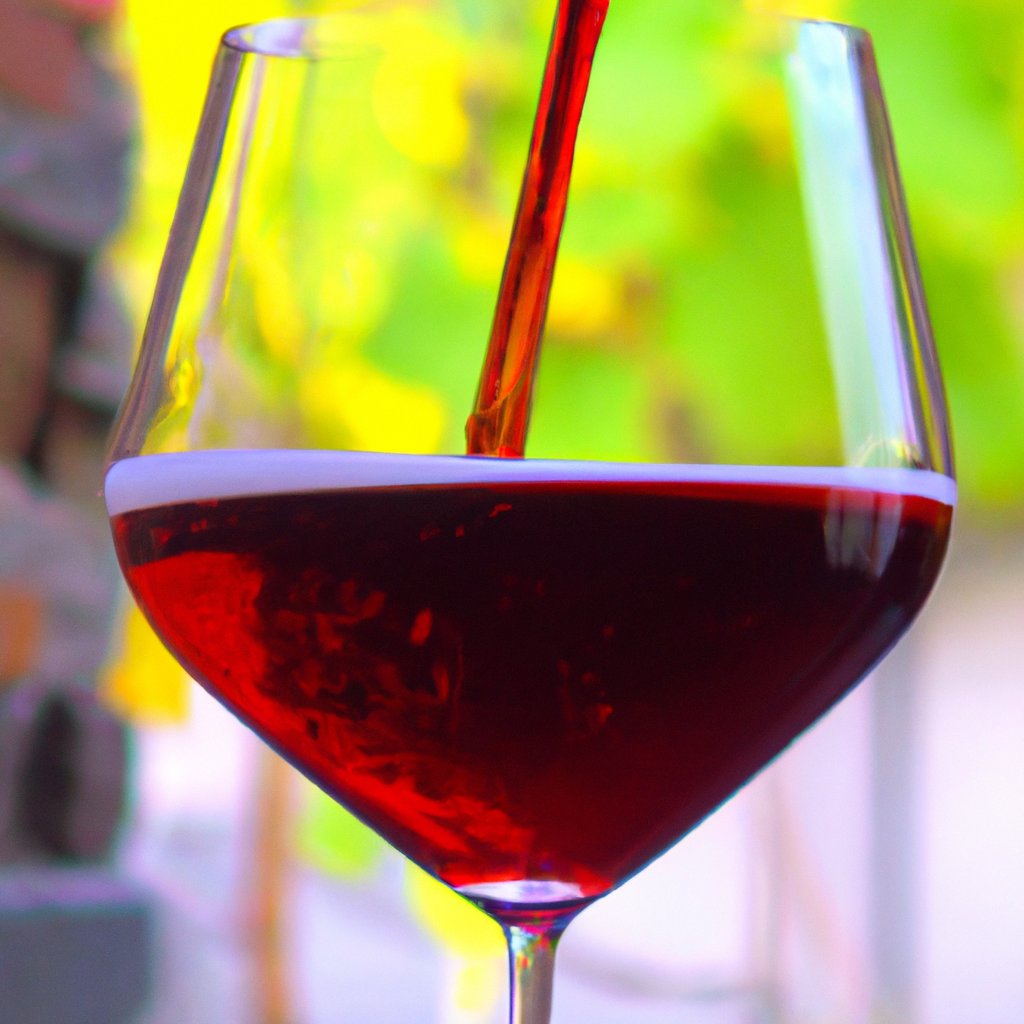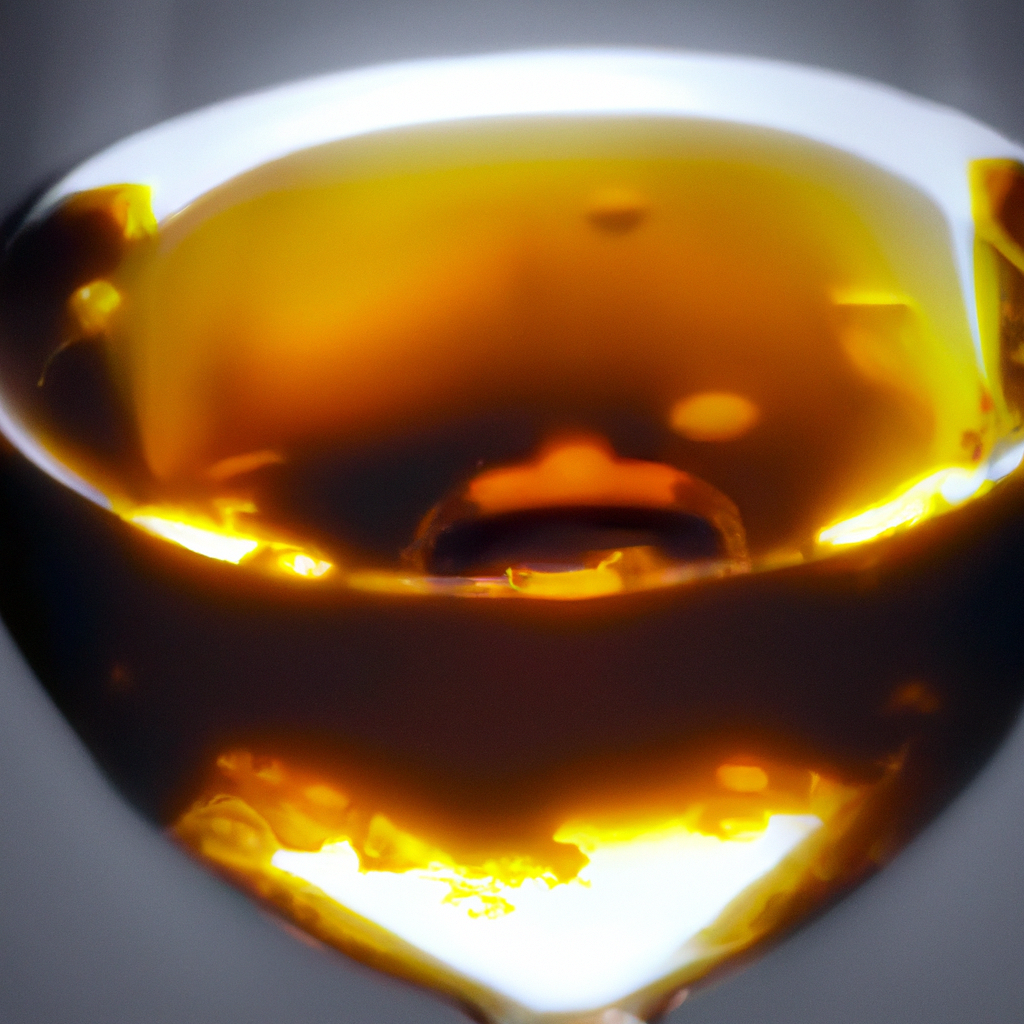
-
Article Summary
- How Climate Impacts the Flavor of Wine
- Key Takeaways
- Introduction: The Intricate Relationship Between Climate and Wine
- The Role of Climate in Shaping Wine Flavor
- Climate Change and the Wine Map
- Adapting to Climate Change: The Winemaker’s Challenge
- Consumer Preferences and the Changing Flavor of Wine
- FAQ Section
- 1. How does climate affect the flavor of wine?
- 2. How is climate change impacting the wine industry?
- 3. Can winemakers adapt to climate change?
- 4. Will climate change affect my favorite wine?
- 5. What can consumers do?
- Conclusion: The Changing Landscape of Wine
- Key Takeaways Revisited
How Climate Impacts the Flavor of Wine

[youtubomatic_search]
Key Takeaways
- Climate plays a significant role in the flavor profile of wine.
- Temperature, sunlight, and rainfall are key climatic factors influencing wine taste.
- Climate change is altering the traditional wine map, with new regions emerging as suitable for viticulture.
- Winemakers are adapting to climate change through innovative techniques and exploring new grape varieties.
- Consumer preferences may need to adapt to the changing flavor profiles of wines due to climate change.
Introduction: The Intricate Relationship Between Climate and Wine
The art of winemaking is a delicate dance with nature, where the climate plays a leading role. The flavor of wine is significantly influenced by the climate where the grapes are grown. This article explores how climatic factors impact the taste of wine and how climate change is reshaping the world of viticulture.
The Role of Climate in Shaping Wine Flavor
Climate is a key determinant of a wine’s character. The balance of sugar, acid, and tannins – the building blocks of wine flavor – are all influenced by climatic conditions. For instance, grapes grown in cooler climates tend to have higher acidity and lower sugar levels, resulting in lighter, more delicate wines. On the other hand, grapes from warmer climates often yield wines with higher alcohol content and robust flavors.
Climate Change and the Wine Map
Climate change is altering the traditional wine map. Rising temperatures are making some regions less suitable for viticulture, while others previously considered too cold are now emerging as promising wine territories. For instance, England, traditionally not a wine-producing country, is now producing award-winning sparkling wines, thanks to warmer temperatures.
Adapting to Climate Change: The Winemaker’s Challenge
Winemakers are facing the challenge of climate change head-on. They are exploring new grape varieties that can better withstand heat and drought, and employing innovative techniques such as canopy management and controlled irrigation to mitigate the effects of climate change. However, these adaptations may result in wines with different flavor profiles than traditional varieties from the same regions.
Consumer Preferences and the Changing Flavor of Wine
As the flavor profiles of wines change due to climate change, consumer preferences may need to adapt. Wine lovers may need to be open to trying wines from new regions or experiencing different flavors from their favorite wine-producing areas. The wine industry will need to educate consumers about these changes and the reasons behind them.
FAQ Section
1. How does climate affect the flavor of wine?
Climate influences the balance of sugar, acid, and tannins in grapes, which in turn shapes the flavor of wine. Cooler climates tend to produce wines with higher acidity and lower sugar levels, while warmer climates yield wines with higher alcohol content and robust flavors.
2. How is climate change impacting the wine industry?
Climate change is altering the traditional wine map, making some regions less suitable for viticulture and others more so. Winemakers are having to adapt by exploring new grape varieties and employing innovative techniques.
3. Can winemakers adapt to climate change?
Yes, winemakers are already adapting to climate change through various means, such as exploring heat and drought-resistant grape varieties and employing techniques like canopy management and controlled irrigation. However, these adaptations may result in wines with different flavor profiles than traditional varieties from the same regions.
4. Will climate change affect my favorite wine?
It’s possible. As climate change alters the conditions in traditional wine-growing regions, the flavor profiles of wines from these regions may change. However, winemakers are working hard to maintain the quality and character of their wines.
5. What can consumers do?
Consumers can support winemakers who are taking steps to adapt to climate change. They can also be open to trying wines from new regions and different grape varieties.
Conclusion: The Changing Landscape of Wine
Climate plays a pivotal role in shaping the flavor of wine. As climate change continues to alter the conditions in traditional wine-growing regions, both winemakers and consumers will need to adapt. While this presents challenges, it also opens up opportunities for innovation and discovery in the world of wine.
Key Takeaways Revisited
- Climate significantly influences the flavor profile of wine.
- Climate change is reshaping the traditional wine map, with new regions emerging as suitable for viticulture.
- Winemakers are adapting to climate change through innovative techniques and exploring new grape varieties.
- Consumer preferences may need to adapt to the changing flavor profiles of wines due to climate change.
- The wine industry faces both challenges and opportunities in the face of climate change.
[youtubomatic_search]






